All about edible honeysuckle
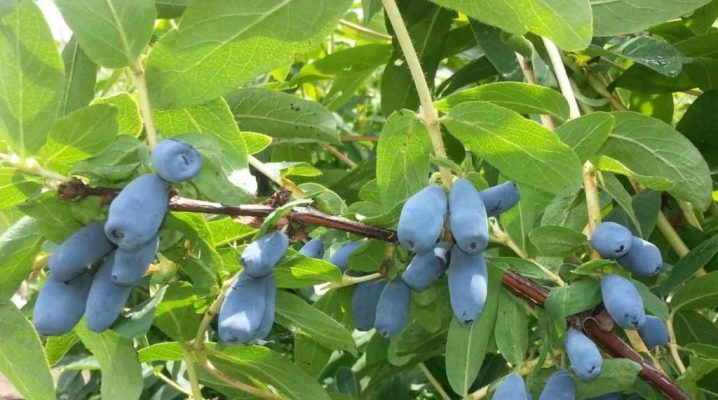
Honeysuckle bears fruit in early summer even earlier than strawberries. Gardeners appreciate it for its unpretentiousness and ability to withstand even the harshest winters. The berries of this amazing shrub have a pleasant taste and contain many vitamins.
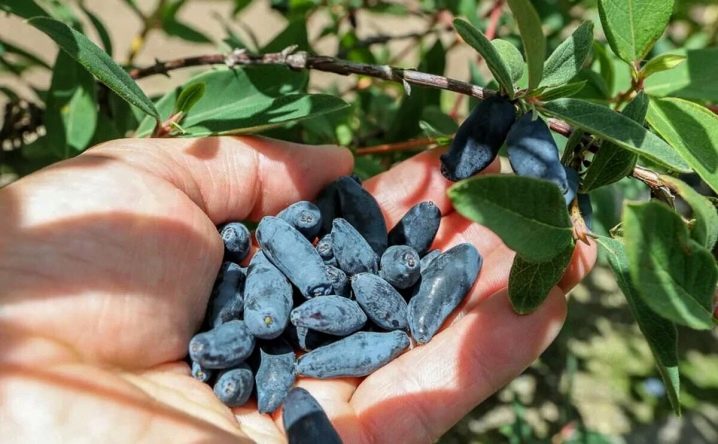
Description of the plant
Edible honeysuckle is a deciduous shrub with edible fruits that grows in Eastern Siberia, the Far East, Korea and China. It grows on the edges of deciduous and coniferous forests, near marshes and in wet meadows, in mountainous areas, mainly on limestone soil. In nature, the crown can be of any shape, density and size, the fruits differ in configuration, taste and ripening time.
In Russia, there are 5 wild-growing species, the fruits of which are edible:
- Kamchatka (grows up to 2.5 m, 20-25 branches in a bush);
- edible (1-1.5 meters high, number of branches - 20);
- Altai (grows up to 2.5 m, crown 2 m in diameter, up to 28 branches);
- Turchaninov (about 1 m high, has a sparse crown and 15 branches);
- Pallas (height - 2-2.2 meters, but with a smaller crown diameter, branches often droop).
The most valuable of these species is considered to be edible, its fruits do not have bitterness, but they easily fall off after ripening.
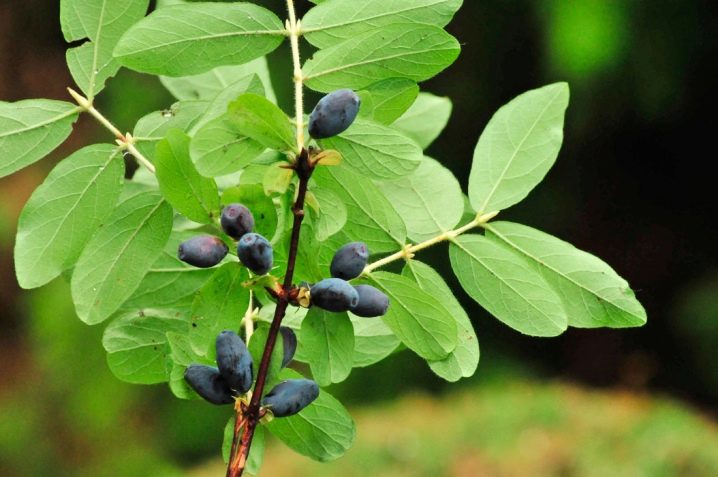
The edible variety, unlike others, grows very slowly. Young shoots are greenish, with a purple bloom, pubescent and thin. Perennials reach a diameter of 3 cm, they are covered with a light brown peeling bark. The crown of the shrub is spherical and very dense, with a diameter of 1-1.5 meters. The root system grows down and to the sides. Taproots go to a depth of 50-80 cm, and branched roots go beyond the perimeter of the crown by 50-60 cm.
The leaves are arranged oppositely on the branches. They can be round, oval, ovoid, elongated, pointed, up to 7 cm long. The young leaf is densely pubescent, and there are few villi on the old ones. The kidneys open very early, as soon as the average daily temperature rises to 0 ° C.
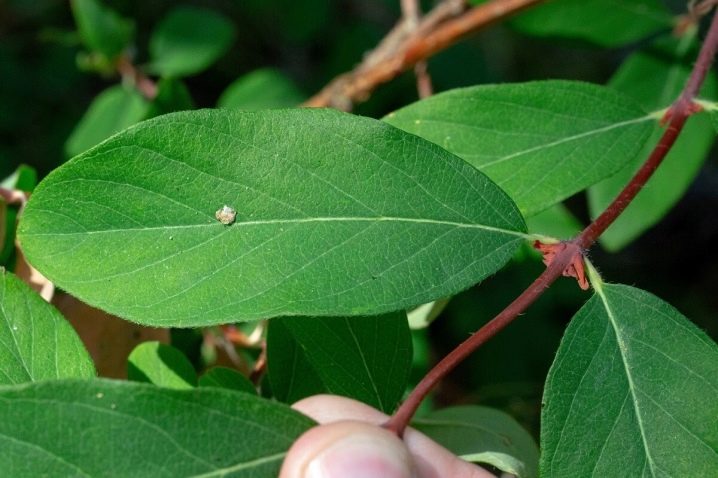
Flowers are bisexual, small, pale yellow, funnel-shaped, placed in the axils of the leaves in pairs. Flowering begins in mid-April and lasts until mid-May, sometimes lasts until June. Flowers are pollinated by bumblebees and bees. The species is considered an excellent spring honey plant. In the south of the Far East, 214 g of nectar are obtained from one plant. One two-chambered berry is formed from two flowers.
Fruits can be of different shapes: round, elliptical, oval.
The color is dark blue, with a light purine bloom. The pulp is dark red or burgundy purple, with a delicate aroma. Seeds are small, brown, 2 mm long. The berries ripen from mid-June to July. The fruit tastes sour-sweet. Fruiting occurs on the shoots of the last year from the age of 3. The yield of an adult bush is from 1.5 to 2.5 kg of berries. The lifespan is about 25-30 years.
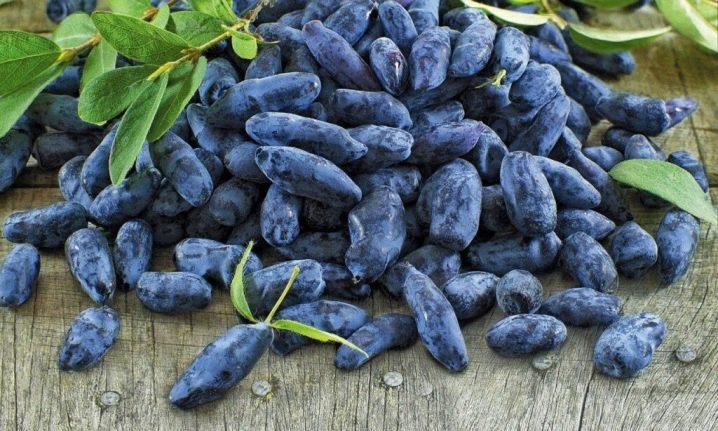
Honeysuckle is uniquely hardy, tolerating frosts down to -50 ° C. The inflorescences are capable of setting fruit in case of frosts down to -7 ° C. The bush tolerates shading well. Very moisture-loving variety, but withstands drought well.
The edible species is used to obtain large-fruited and fruitful fruit varieties. The garden variety is a shrub up to 2 m high with a crown of about 2 m in diameter... It is also grown as a decorative species. In landscape design, culture is planted as a hedge and in group composition. An adult bush looks very beautiful, easily tolerates pruning, it can be given any shape.
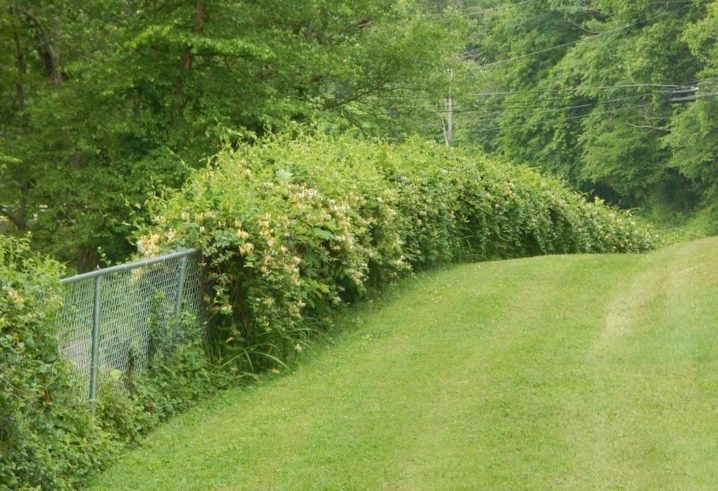
Varieties
Honeysuckle is the very first of the berries in the middle lane, it can also ripen in northern climates.... The Latin name of this species, Lonícera caeruléa, translates as “blue honeysuckle”, another name is “blue honeysuckle”. They began to plant it in Russia back in 1884 in the city of Nerchinsk.
The first cultivated varieties in world history were obtained in the 1960s at the N.I. MA Lisavenko, where the efforts of ZI Luchnik were created "Start", "Blue Spindle", "Blue Bird". Then the species began to improve at the Pavlovsk, Far Eastern and Polar experimental stations, in the Main Botanical Garden of the Russian Academy of Sciences, the IV Michurin All-Russian Research Institute and the Agropischeprom Research and Production Center.
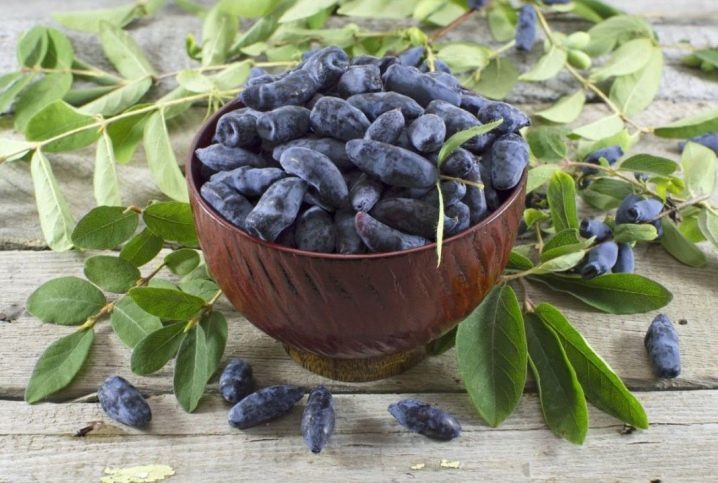
Since 1972, work has been underway on the selection of the species at the South Ural Research Institute, located in Chelyabinsk. As a result, varieties such as:
- "Amazon";
- Bazhovskaya;
- "Cornflower";
- "Enchantress";
- "Golinka";
- "Long-fruited";
- "Elizabeth";
- Etkul;
- "Desirable";
- "Zarechnaya";
- "Zest";
- "Kisegach";
- "Lapis lazuli";
- "Lenita";
- "Maria";
- "Sineglazka";
- "Polyanka Kotova";
- "Taganay";
- "Cubic zirconia";
- "Chernichka".

FGPU "Bakcharskoe" in the village of Bakchar in the Tomsk region is still developing new varieties. The most famous varieties:
- "Bakcharskaya";
- "Berel";
- "Vasyuganskaya";
- “Pride of Bakchar”;
- "The Giant's Daughter";
- "Cinderella";
- Roxana;
- "Siberian";
- "Silginka";
- Strezhevchanka;
- "Yugan".
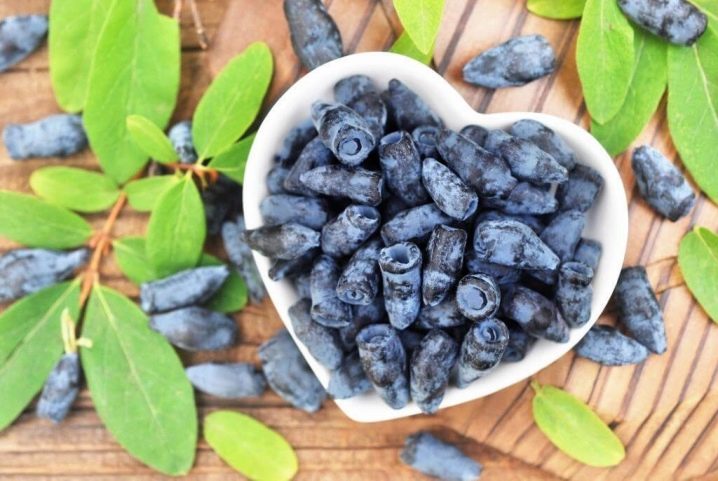
E.P. Kuminov, Doctor of Agricultural Sciences, made a significant contribution to the breeding of new varieties. In VNIIS them. I.V. Michurin he obtained varieties "Blue Dessert", "In Memory of Kuminov", "Antoshka", "Konchak", "Peter the First", "Cannery", "Northern Lights", "Sweet Tooth", "Madam"... Highly productive industrial forms have been created on the basis of SPC "Agropischeprom" "Michurinskoe Divo" and "Michurinskaya Lada".
The garden variety is becoming a popular plant for the site, as it does not require much maintenance. A bush with edible berries is grown for landscaping areas, there are also decorative undersized varieties for decorating parks and front gardens. Their fruits are not edible and can be poisonous. The most famous honeysuckle honeysuckle, blooming with fragrant honey inflorescences: yellow, purple, white and red.
Curly honeysuckle is one of the most popular vines for the garden, it is loved by gardeners for a long flowering period.
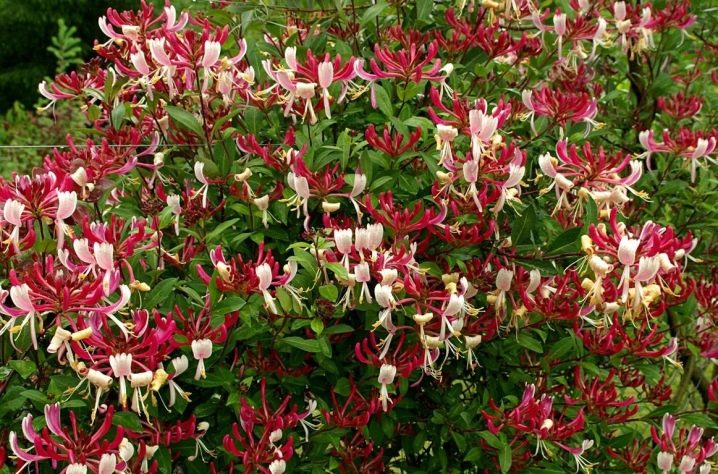
Landing
The culture can grow in one place for up to 20 years and tolerates transplants at almost any age. But still it is recommended to choose bushes no more than 1.5 meters high.... The highest survival rate is at the age of 2-3 years. The most suitable time for planting is late September or early October. Usually, in the spring, the culture is transplanted only in warm climates, when the snow has melted, and the soil has had time to warm up.
It is recommended to plant 3-4 varieties next to each other, blooming at almost the same time. Since the shrub is only cross-pollinated, a compact planting is recommended: this contributes to better cross-pollination and a good harvest. The best crop precursors are potatoes and other vegetables... A sunny and well protected place from the wind is chosen for the seedling. The fruits tend to crumble, so a strong wind can leave you completely without a crop.
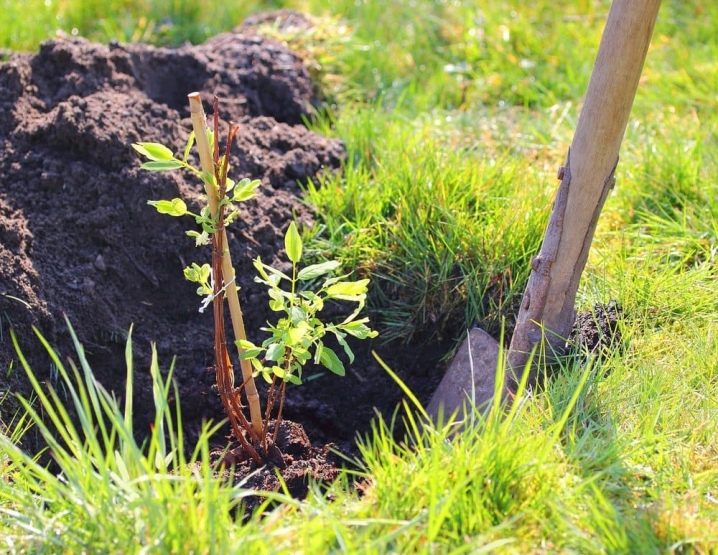
Disembarkation methods
The most successful option for planting is seedlings in a container.... Bushes with an open root system are recommended to be planted almost immediately after being removed from the ground, and if this is not possible, the roots should be wrapped in a damp cloth or placed in wet sand.
Plants in containers are transferred with an earthen lump, and with open roots, they are pre-soaked in water with the addition of Epin, and then dipped in a clay mash (1 kg of clay per 10 liters of water).
Some gardeners grow honeysuckle not only in the beds in the vegetable garden or in the garden, but also in decorative pots on the terrace or balcony. A pot for a young bush is chosen 2-3 times larger than the one in which the seedling grows.
It is better to choose compact and low varieties for such plantings.
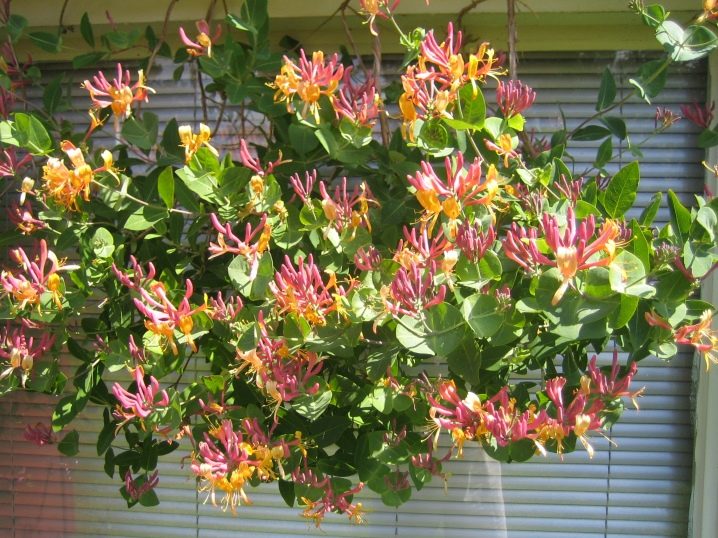
The soil
The quality of the soil does not really matter, honeysuckle is a plastic variety, it adapts perfectly to any soil. It is recommended to add sand and peat to clay soils, and organic fertilizers to sandy soils (about 3 buckets).
The variety grows well on sandy loam and loamy soils, on sod-podzolic and chernozemic soils. Does not tolerate the close occurrence of groundwater, they should be at a distance of 1.5 m from the surface. In terms of acidity, the soil should be neutral or slightly acidic.

Technology
Before planting, a month before planting, the garden bed is dug to a depth of 30-40 cm, removing all weeds. If the soil is very acidic, 1 sq. m make 400 g of slaked lime. Urea, colloidal sulfur or ammonium sulfate are added to alkaline soils, organic matter also helps well: manure, sawdust, peat, coniferous needles or bark.
When digging for 1 sq. meter must be added:
- superphosphate - 30 g;
- potassium salt - 30 g (but not in alkaline soils);
- humus - 10 kg.
Seedlings are placed at a distance of 1.5 m, and 2 m are left between the rows.
Pits are dug 2-4 weeks before planting, 40x40x40 cm in size. Drainage from broken brick or crushed stone is placed at the bottom. A mixture is prepared from garden soil and humus (3 kg), peat (3 kg), nitrophoska (35 g) and poured into the pit with a mound. The seedling is placed on an embankment, the roots are carefully straightened and covered with a layer of earth, compacting several times. The neck of the root should be flush with the surface.
After planting, 10 liters of water are poured abundantly, the soil around is mulched.
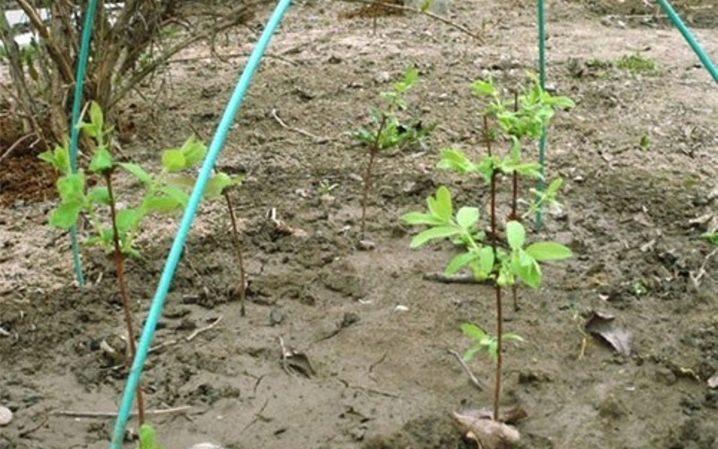
Watering rules
Edible honeysuckle is an unpretentious plant, it tolerates droughts very well. Watering is recommended to be carried out mainly during the period of fruiting and budding for the next year. Adult shrubs are watered 2-4 times a month, 1-2 buckets. The rest of the time, they irrigate only in case of a long absence of rain. Young bushes are irrigated regularly: 2 times a week, 10-15 liters under a bush, after watering, weeds are removed and mulched.
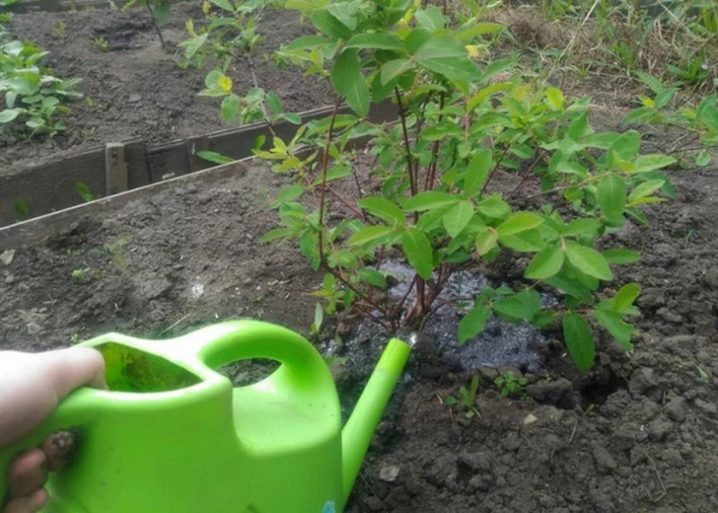
The nuances of trimming
In the first few years after planting, the crown is not cut off, since the bush grows very slowly. They are limited to sanitary pruning in the last 10 days of March, they remove broken and growing inward shoots. At 4-5 years, formative pruning begins. The best pruning time is after the leaves fall. Unpromising or low-lying branches are removed, leaving 10-15 strong skeletal shoots. Young growth should not be cut off unless it is twisted or very crown-loading shoots: the main number of fruit ovaries is formed on it.
At the age of 8-10, they begin to carry out anti-aging pruning: old branches with little or no growth are removed. In 20-25-year-old shrubs at a height of 40 cm from the soil, all branches are cut into a stump.
In the third year after the appearance of young shoots, they can be formed into a crown.
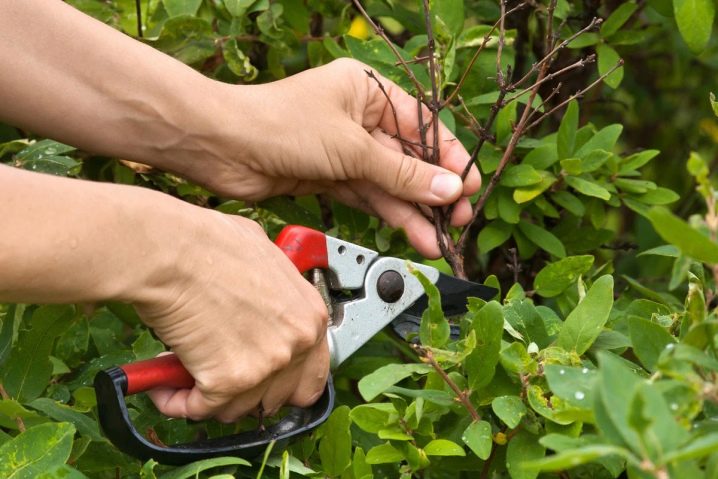
How and what to feed?
During the season, each shrub is fed 2-3 times.
- In early April, 20 g of urea, 15 g of ammonium nitrate are introduced into the area near the roots. After the end of flowering, you can feed it with vermicompost.
- In early July, after removing the berries, they are watered with nitrophos (25 g per 10 l).
- In the fall, half a bucket of compost, 50 g of superphosphate are introduced under each bush, 100 g of ash in acidic soil, 40 g of ammonium sulfate in alkaline soil.
Acid substrates are lime once every 3-4 years, and alkaline substrates are deoxidized. Rotted compost is poured under an adult shrub 1 time in 3-4 years.

Reproduction
The edible variety can be planted not only with nursery seedlings, but also with cuttings, layering and seeds.
Seeds
Immediately after harvesting, the seeds are removed from the berries and placed in containers with humus to a depth of 1 cm, moistened and taken out into the garden. The containers are placed in the shade, covered with glass. Some of the seedlings will germinate in the summer, and the rest - after overwintering.
The seedlings dive, and at 3-4 years of age they are planted in the chosen place.
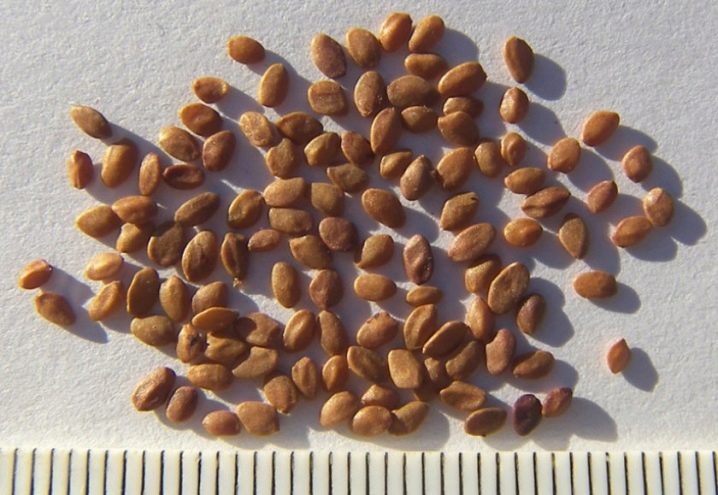
Cuttings
Green cuttings are harvested immediately after flowering: late May, early June.
- Choose strong branches that break easily.
- For cuttings, take the middle part of the shoot, cut it into twigs 7-12 cm long with 3-4 internodes, each should have buds and leaves.
- The lowest leaves are completely cut off. The rest are cut to the middle of the sheet plate.
- The lower cut of the shoot should be made at an angle of 45 degrees, and the upper straight line is made 15 mm higher than the last leaf sinus.
- The lower cut is treated with Kornevin, Heteroauxin.
- Cuttings are placed halfway into a wet mixture of sand and peat (3: 1). Cover the top with a film, the temperature for the rooting period should be +20 or +25 degrees.
- The roots will appear in about 7 days. The bushes are transferred in the fall or next year in the spring to a permanent place.
Wood cuttings take root 2 times less often than cuttings from green shoots.
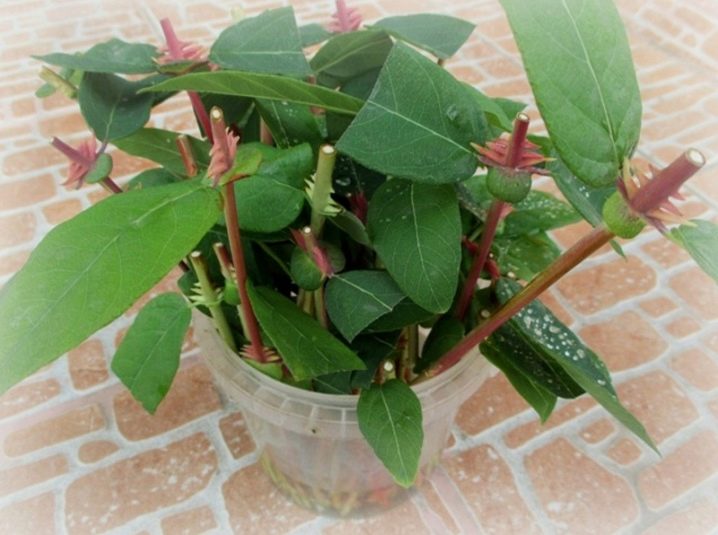
Layers
In the last days of April, strong annual shoots are bent to the garden bed and fixed in this position. The middle part is sprinkled with earth or humus. During the summer, roots are formed at the stem, it can be separated from the mother bush and transplanted.
You can also propagate the plant by dividing: in late autumn, 3-5-year-old bushes are dug up and divided into several parts, each is planted according to the standard planting scheme.

Diseases and pests
Honeysuckle is considered a species that is very resistant to many diseases of fruit and berry crops. The most dangerous are the following fungal diseases.
- Blackening and drying of branches (tuberculariosis). For treatment, it is sprayed before bud break and after flowering with a Bordeaux mixture or oxychloride.
- Cercospora and white spot (ramulariasis). They are treated by spraying in March with copper sulfate or Fundazol.
- Powdery mildew. They treat the disease with the drugs "Vector", "Skor", "Cumulus", colloidal sulfur.
To prevent the appearance of fungal diseases, the bushes are recommended to be treated with Bordeaux liquid in early spring and after harvesting. Fallen leaves are regularly removed, broken and drying branches are cut off. At the first signs of viral diseases, it is recommended to destroy the affected shoots, and if the disease resumes, the bush is destroyed.
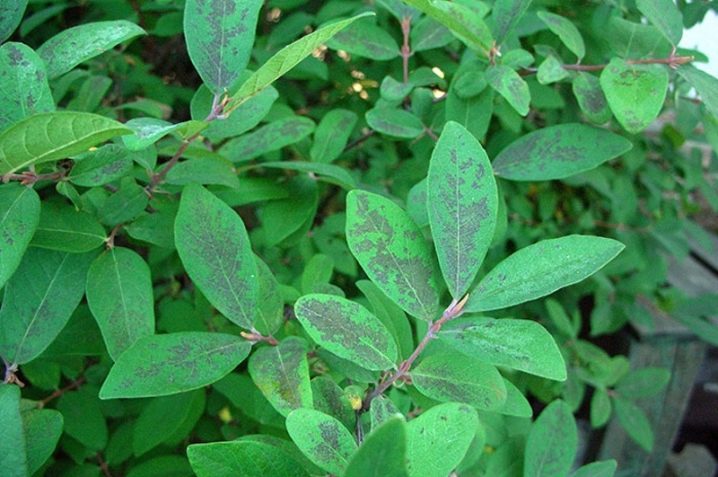
Of the pests, the following types of insects are dangerous.
- Aphid... From the pest in the spring they are treated with the preparations "Aktellik", "Confidor".
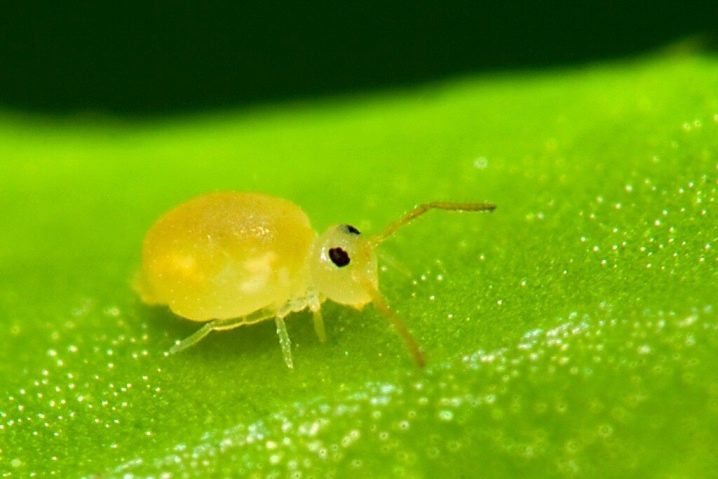
- Zlatka... In early spring, it is treated with Fufanon.
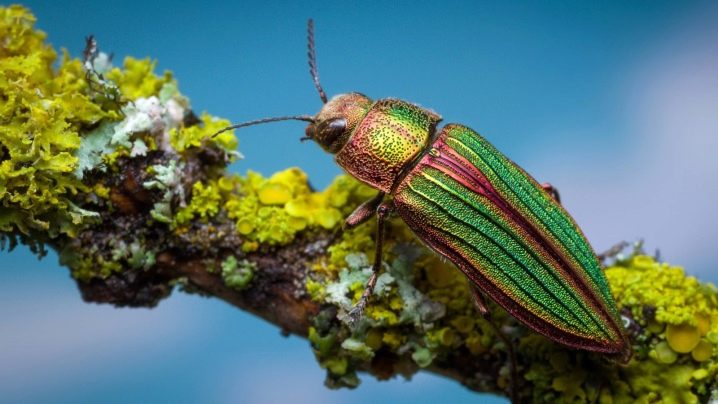
- Shields... At the end of June, and then in July, with an interval of 10-15 days, they are treated with Rogor 0.2% or Aktellik 0.2%.
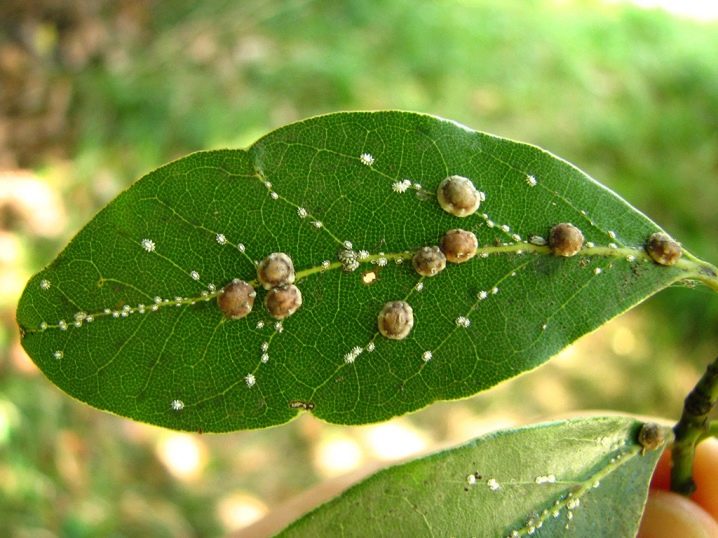
- Honeysuckle mite... It is treated with acaricides ("Mavrik", "Omite", "Tedion").
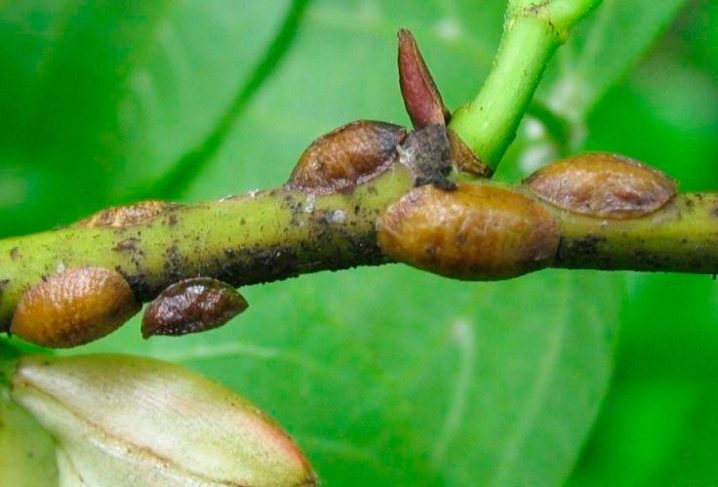
- Honeysuckle sawfly. The caterpillars of this pest are harvested by hand.

Preparing for winter
Honeysuckle is an undemanding variety that is perfectly adapted to the cold winters of Russia. The frost resistance of the species increases if properly prepared for winter. The plant, after a successful wintering, will give an early and abundant harvest. Be sure to remove dry and broken branches after the end of leaf fall, cut off weak and low-lying shoots. All sections are treated with garden pitch.
Fallen leaves and all organic mulch are removed around the bush, they are taken out of the territory and destroyed. They are fed in the winter with phosphorus and potassium: per 1 sq. m take 20 g of potassium salt and 30 g of superphosphate, dissolved in water. Young bushes for the winter are completely wrapped in burlap or agromaterials, the root area in plants of different ages is mulched with sawdust or peat.
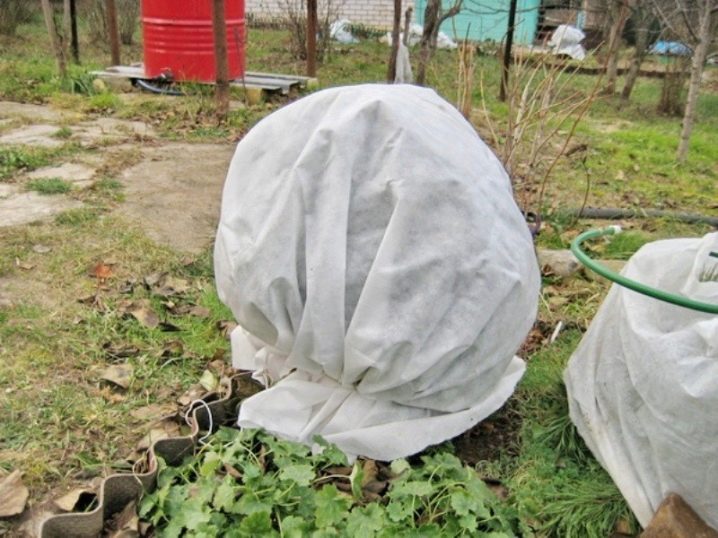








The comment was sent successfully.